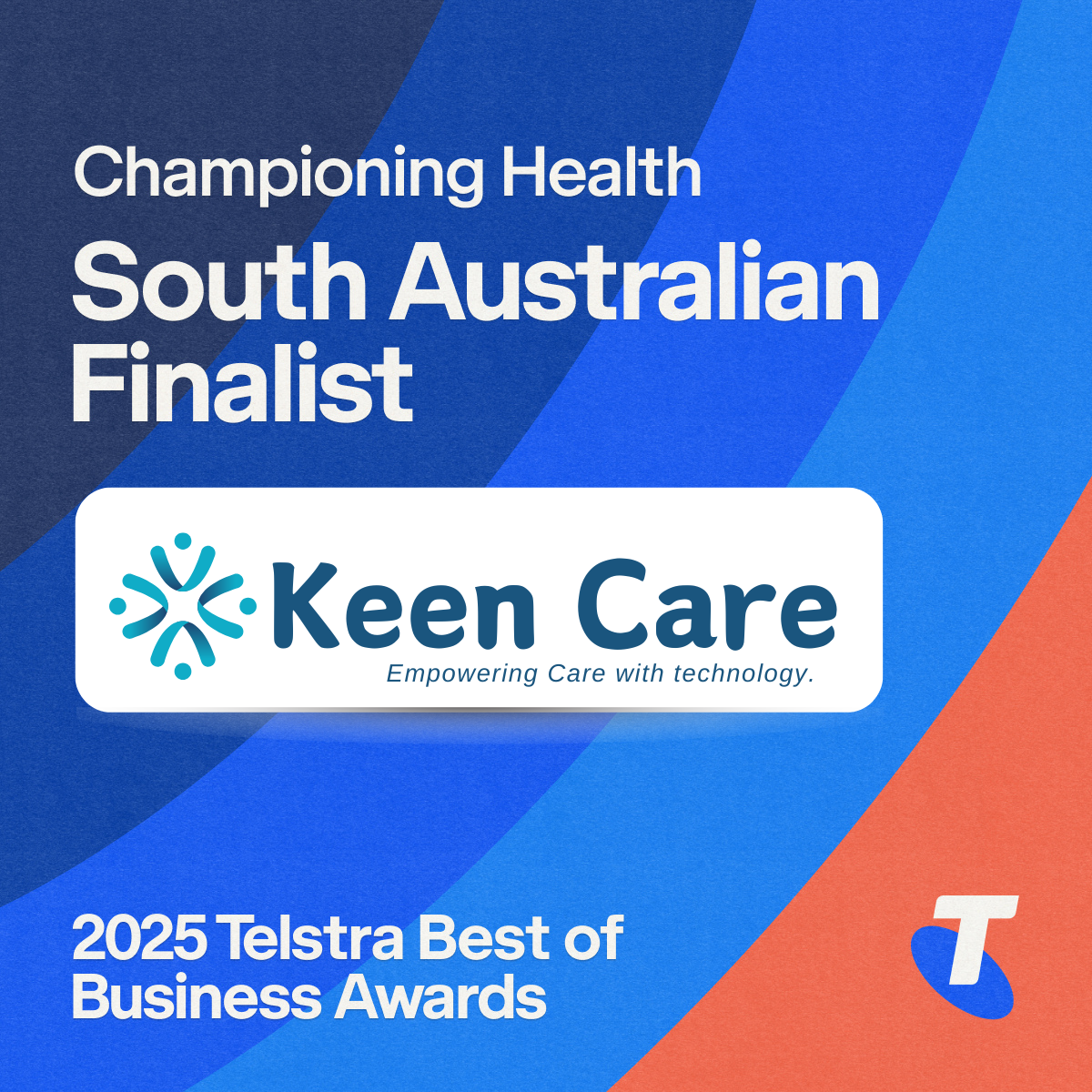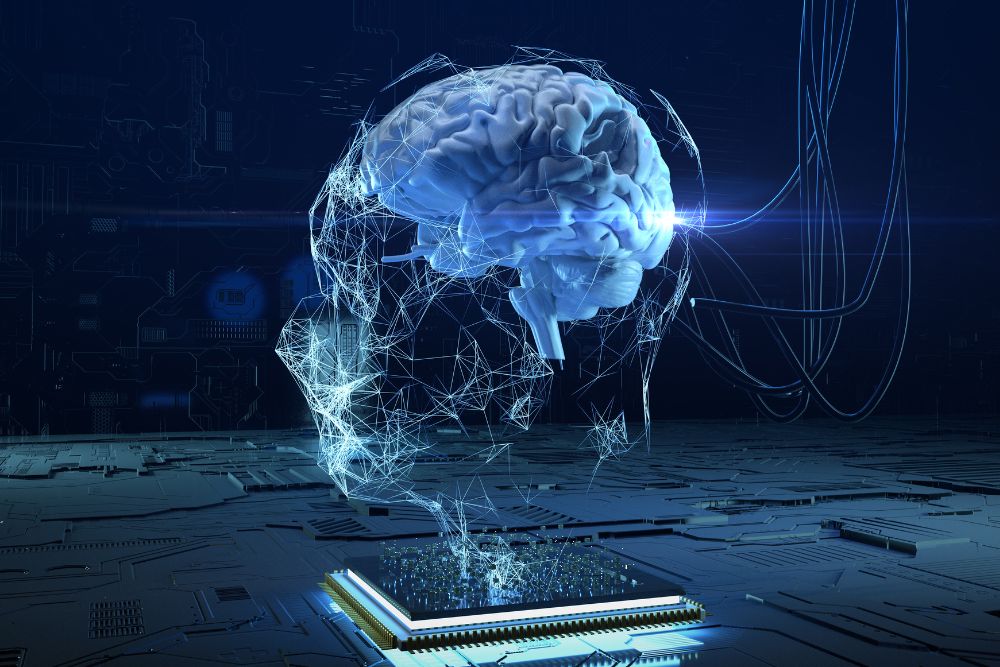Paul Tudor Jones, the billionaire trader who's made his fortune reading market tea leaves, recently dropped some serious warnings about artificial intelligence that got me thinking. His concerns about AI triggering mass unemployment while revolutionizing education aren't just another tech prediction, they're touching on something many of us are already feeling in our daily lives.

The Job Anxiety is Real
Jones' prediction that unemployment could jump 10-20% as AI takes over feels scary, and honestly, it should. This isn't like when factories automated assembly lines decades ago. AI is coming for the thinking jobs, the ones many of us thought were safe. Customer service reps, analysts, even some management roles are in the crosshairs.
But here's where I think Jones might be missing part of the picture. History has this funny way of creating new opportunities even as it destroys old ones. Remember when people thought the internet would kill retail? Instead, it created entirely new industries we couldn't have imagined. The real question isn't whether AI will eliminate jobs - it's whether we'll be quick enough to help people transition to whatever comes next.
The Education Revolution That Could Actually Work
Where Jones really gets my attention is education. As someone who's watched kids struggle with one-size-fits-all teaching, the idea of AI tutors that can adapt to each student's learning style sounds almost too good to be true. Imagine a world where a kid in rural Australia gets the same quality of personalized instruction as someone in Sydney's most expensive private school.
That's not just educational equality - that's potentially life-changing for millions of families. But let's be realistic: dropping AI into classrooms without thoughtful integration would be like giving someone a Ferrari without teaching them to drive. The technology is only as good as how we use it.
A Real-World Success Story: AI That Actually Helps
While Jones focuses on the big, scary disruptions, there's already a beautiful example of AI working quietly in the background to make lives better. Keen Care, right here in Australia, has developed something called VoxCare that's genuinely heartwarming in its simplicity and impact.
Picture this: their AI system can make 20 concurrent phone calls to check on elderly people living alone, reaching up to 500 residents in under an hour. When an elderly person mentions they're feeling "sick" or need to see a "doctor," the system immediately flags it for a human care coordinator to follow up. It's not replacing human care, it's making sure no one falls through the cracks.
This is the kind of AI application that gives me hope. It's not about replacing human connection but amplifying our ability to care for each other. My own grandmother would have loved knowing someone was checking on her regularly, even if it started with a friendly AI call.
The Regulation Tightrope We All Need to Walk
Jones hits on something crucial here: the regulatory challenge is enormous. Clamp down too hard, and we might strangle innovations like Keen Care's welfare checks or AI tutoring systems that could genuinely improve lives. Too little oversight, and we risk letting tech giants concentrate power in ways that hurt everyone else.
This isn't an abstract policy debate—it affects all of us. The decisions made in boardrooms and government offices today will shape whether AI becomes a tool that helps ordinary people or just makes the rich richer.
What's Missing: How We Actually Adapt
Here's what I wish Jones had spent more time on: the practical stuff. How do we help a 45-year-old accountant whose job gets automated? What does retraining look like when technology moves this fast? How do we make sure the benefits of AI reach beyond Silicon Valley?
Some ideas worth exploring:
- Shorter work weeks as AI handles routine tasks, giving us more time for creativity and family
- Portable benefits that aren't tied to traditional jobs, since the gig economy is already changing how we work
- Lifelong learning accounts that help people continuously upgrade skills as technology evolves
- Community-based programs that teach AI literacy alongside traditional job skills
The Human Element Stays Central
What gives me the most optimism is examples like Keen Care Australia Pty Ltd. They've figured out how to use AI to enhance human care rather than replace it. The technology handles the routine monitoring, but humans still provide the compassion, judgment, and personal connection that matters most.
That's probably the template for our AI future: not humans versus machines, but humans working with machines to do things neither could accomplish alone.
Looking Forward
Jones brings valuable credibility to these conversations, but his warnings work best as a starting point, not the final word. The real work happens in communities, schools, and workplaces where people are already experimenting with how to make AI work for everyone.
The future isn't predetermined. We get to shape how this technology develops and who benefits from it. That's both a responsibility and an opportunity we can't afford to waste.
What matters most isn't avoiding AI's risks - it's actively building the kind of future we want to live in. And based on what I've seen with companies like Keen Care, that future might be more promising than the headlines suggest.


